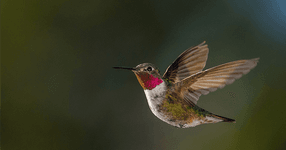Sublime
An inspiration engine for ideas
you can change an entire timeline just by sending a risky text or talking to a stranger. you need to be playing with the fabric of reality
Diyaasubstack.comWhy Does A.I. Write Like … That?
nytimes.com
Second Renaissance
secondrenaissance.now



